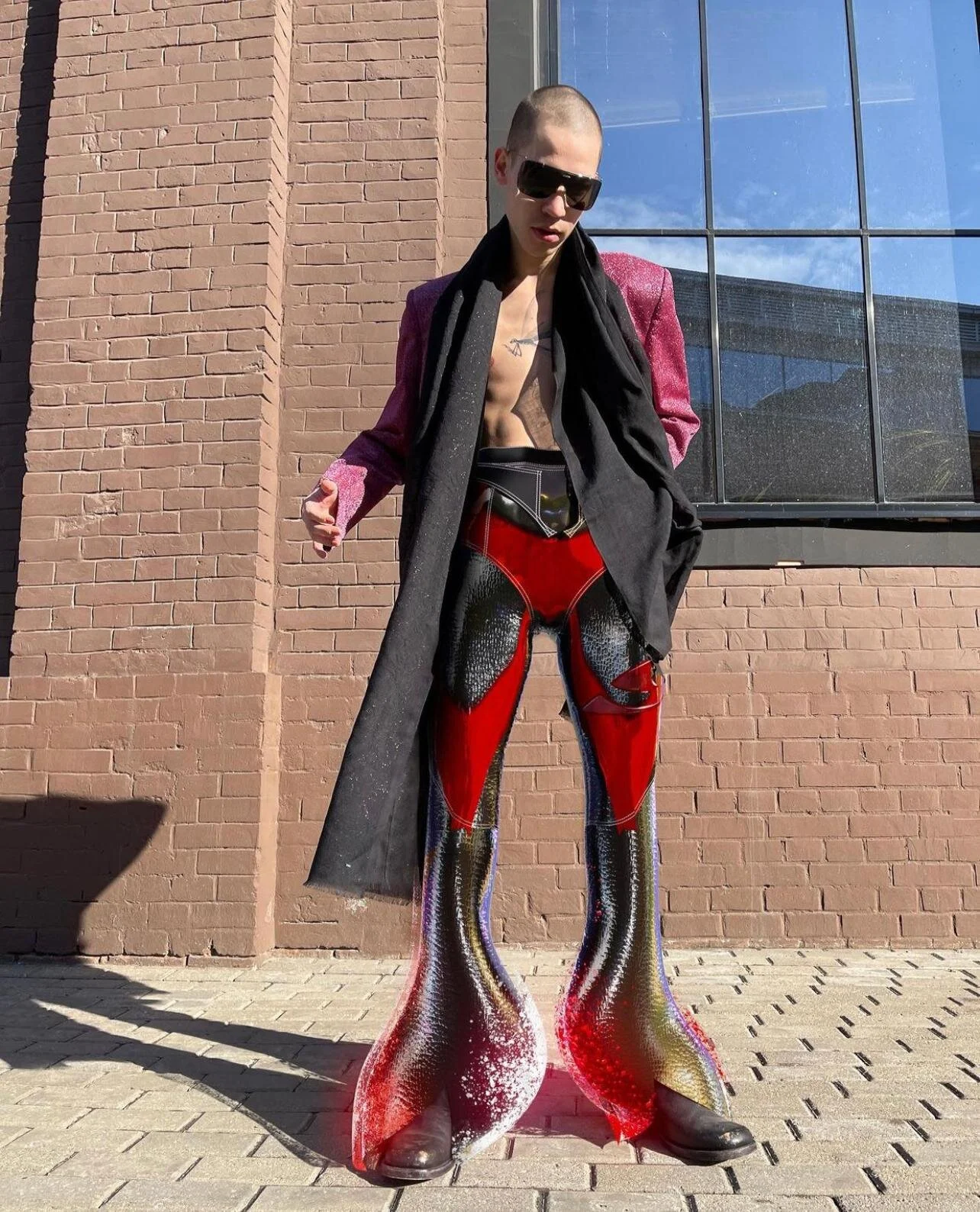
Image Credit → Auroboros
TECHNOLOGY • 06 May 2021
Words by Laura Pitcher
The Role of NFT’s in the Future of the Fashion Industry
Industry experts weigh in on the creative opportunities that the world of blockchain presents.
In the span of a few years, digital fashion has made its way from the gaming world and the outskirts of the fashion industry into mainstream cultural dialogue, just as our lives overall have become increasingly digitized. As the industry has adjusted to virtual fashion influencers like Lil Miquela and virtual fashion shows, accelerated by the pandemic, the next adjustment that awaits is fashion’s collision with non-fungible tokens (NFT’s)—something that is already underway.
NFT’s role in the fashion industry is the creation of digital fashion that can be traded and authenticated upon the blockchain. The distinction is in the name—something that is unique and cannot be copied because digital ownership is tracked. NFT’s are also entering the fashion world at the parallel of the digital fashion revolution and their growing internet hype. Cryptoart has already exploded in popularity in the art scene with artists like Grimes selling $6 million worth of digital art on Nifty Gateway in what Swiss art cognoscente Simon de Pury has likened to a "gold rush."
Last month, CFS hosted a Clubhouse seminar on NFT’s and digital fashion. Here are the most important takeaways.
Digital Fashion Inspires Collaboration in the Fashion Industry Like Never Before
“Luxury fashion has been known for competition,” said Maghan McDowell, Innovation Editor at Vogue Business, during the seminar. “What’s unique about technology and sustainability, is that it encourages collaboration.” In order to create a more digitized and circular fashion industry, many players must be involved and invested in the new technologies. McDowell noted that a major turning point for digital fashion Tommy Hilfiger announced that they will only use 3D design to create, develop and sell samples from the Spring 2022 apparel collections onward.
NFT’s Can Help to Address Fashion's Issue With Crediting Designers
“Blockchain and NFT’s are being used in fashion mostly to create an environment of complete authenticity,” said Megan Kaspar, Managing Director at Magnetic Capital, an asset management firm focused on distributed ledger technology, digital and tokenized assets. Because digital ownership is tracked on the blockchain, this creates a new model of credit and legitimacy. As the metaverse grows, this tracking will provide layers of collaborations and evolution of pieces while being able to trace back to and fairly compensate the original creator.
Blockchain Technologies Will Be Pivotal In Creating Fashion's Circular Economy
The ability to trace ownership also provides the opportunity to re-approach customers with take-back programs for upcycling and recycling, says Alexia Planas Lee, Founding Partner at lablaco. “When we trace the ownership, this allows brands to know who is the owner of the product and then be able to re-target the customer,” she added. “Lablaco uses blockchain as a useful tool to manage digital assets and incentivize from the same products over and over by applying a circular business model.”

Inspiration credit → Nikk Mitchell
Fashion NFT’s Will Become More Than Digital Collectibles
“In a few years, our hand-held devices are going to move up to a hands-free device,” said Kaspar, something she believes will be wearable glass. “This is where it gets really interesting and fashion creators are going to create exponential value.” She believes that tying NFT’s to a physical item is generation one for fashion utilizing this technology, the stage we’re currently in. “Eventually the technology will get so good that you’ll be able to buy your NFT fashion and then be able to project it and wear it,” Kaspar expanded. As new technology continues to develop, this could be a reality far sooner than we think.
Fashion NFT's Are a Disruptive New Medium
Benoit Pagotto, Co-Founder & CEO of virtual sneakers and collectible company RTFKT, launched the brand with the idea that a new generation of customers will buy NFTs because their digital personas are just as important as their physical ones—not just to play video games. Their 621 pairs of NFT sneakers created alongside artist Fewocious netted $3.1 million in sales in a matter of minutes in March and they recently raised $8 million to empower the future of digital fashion.
As major players in fashion’s NFT game and the future of the fashion industry at large, Pagotto urges us not to think about NFT’s as just a digital item but an entirely new medium. “NFT’s that are created today, what would they unlock 100 years from now?” he asked at the seminar. “NFT is not just a one-off through the different owners, history, and evolutions. We think most of the people in the future will own digital goods.” Pagotto encourages brands to surround themselves with people in the culture and not think of NFT’s as a short-term trend but a new medium that will disrupt the fashion industry, and consumer industry at large.


